Berry Containers - Berries Growing In A Container
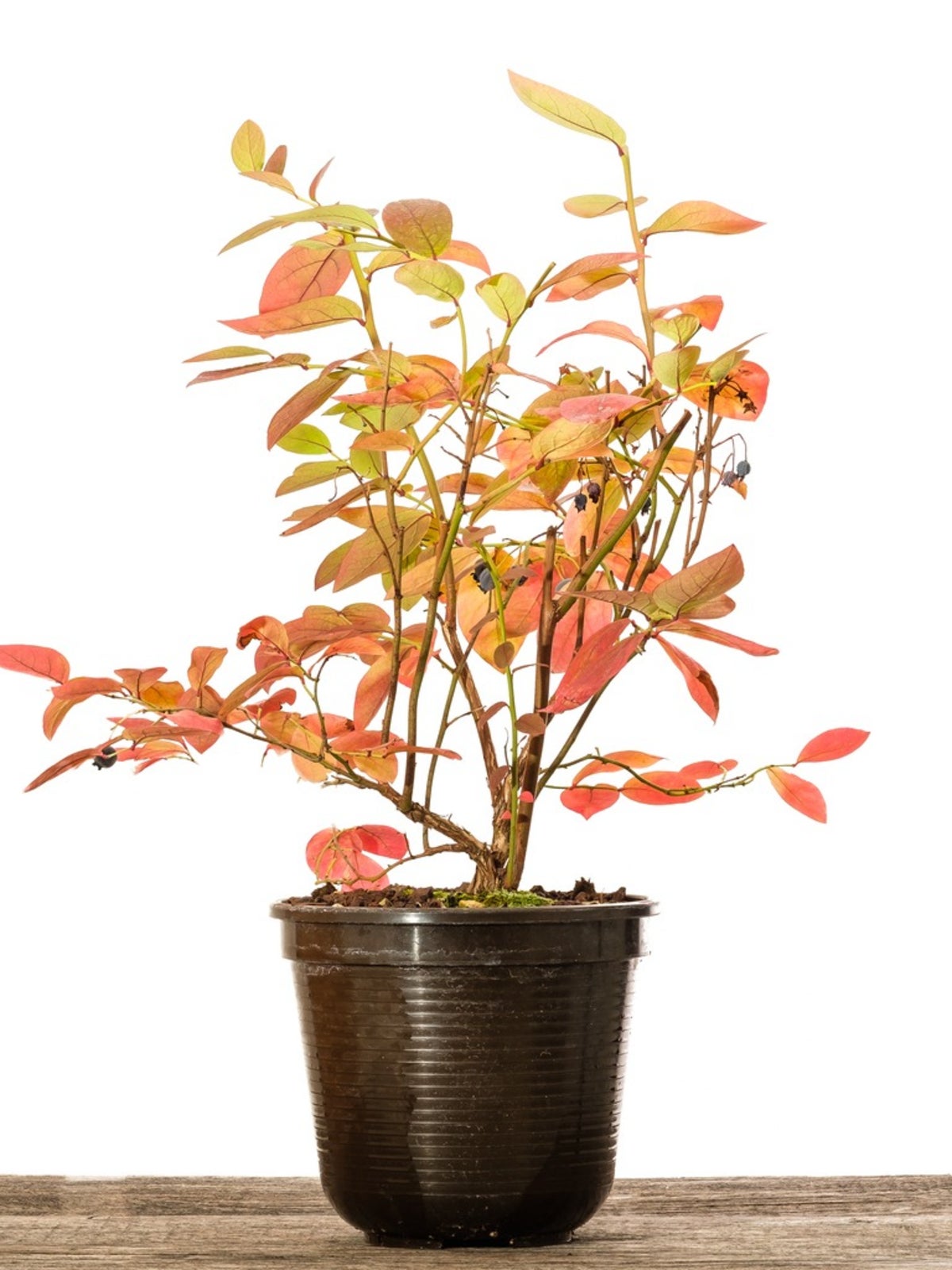

Growing berries in containers can be a great alternative for those with little space. The key to successful berry container planting is adequate drainage and pot size. The container should be large enough to accommodate mature plants. In some cases, as with strawberries, hanging baskets can be used as berry containers.
How to Pot Berry Plants
For larger berry plants, like blueberries, use large pots or planters typically associated with small trees or shrubs. It may also be a good idea to pot these near the location where you plan to keep them, as they will be heavy once filled. You could also opt for a planter with rollers for easy moving. While individual plants vary with soil type, the basic planting is the same for berries growing in a container. For berry container planting, fill the container about a third to one-half full of the required soil mix. Loosen roots, if necessary, and place the plant in the container, leaving about 2 to 4 inches (5-10 cm.) between the root ball and the top of the container, depending on its size (Note: don't bury any deeper than its original pot). Then, fill the pot with the remaining soil and water thoroughly. Many berries also benefit from a light application of mulch.
How to Care for and Grow Berries in a Container
Caring for berries growing in a container is easy, depending on the variety you choose. Nearly all are planted in early spring while still dormant. Most berries require locations in full sun along with well-draining soil. They also need at least an inch or two (2.5-5 cm.) of water each week, especially in times of drought. In containers, they require watering more frequently. Monthly fertilizer can also be applied (balanced for most types, acidic for blueberries). Add a trellis or some type of support, if necessary, or as with strawberries, allow them to spill over a hanging basket or strawberry pot. Lightly prune berry plants each year during dormancy, removing any old, weak, or diseased branches. During winter, these plants can be protected with a layer of mulch in addition to wrapping containers in a blanket. You may also choose to move them to a sheltered location.
Common Types of Berries Growing in a Container
Some of the most common berries for container planting include blueberries, raspberries, and strawberries.
- Blueberries. Blueberries require acidic soil for optimal growth. Dwarf varieties may offer the best results; however, there are other varieties well suited for pots. Bluecrop is an excellent drought-resistant variety. Sunshine Blue does exceptionally well in southern climates while Northsky is a good choice for colder regions. Harvest blueberries four to five days after they turn blue and continue harvesting at three to five-day intervals.
- Raspberries. Raspberries can be summer-bearing or fall-fruiting (ever-bearing). They appreciate well-draining, sandy soil amended with compost. Harvest dry fruit as it reaches peak color. You can choose from a number of varieties.
- Strawberries. Strawberries also enjoy well-draining soil enriched with compost and are available in June-bearing and ever-bearing varieties. Harvest fruit when it is red.
Note: Blackberries can also be grown in containers but look for thornless varieties.
Gardening tips, videos, info and more delivered right to your inbox!
Sign up for the Gardening Know How newsletter today and receive a free copy of our e-book "How to Grow Delicious Tomatoes".

Nikki Tilley has been gardening for nearly three decades. The former Senior Editor and Archivist of Gardening Know How, Nikki has also authored six gardening books.
-
 Types Of Tomatoes Explained: Explore The Many Wonderful Shapes, Colors, Flavors, & Best Uses
Types Of Tomatoes Explained: Explore The Many Wonderful Shapes, Colors, Flavors, & Best UsesThe world of tomato varieties is vast and fascinating. Learn about the key types to grow in your garden, tailored to your preferences and space.
By Amy Grant
-
 Try The Trend – Turn Any Bed Into A Keyhole Garden With This Clever In-Ground Composter
Try The Trend – Turn Any Bed Into A Keyhole Garden With This Clever In-Ground ComposterKeyhole gardening is an efficient and sustainable practice that saves space. Get started on this DIY project quickly and easily with an in-ground composter.
By Bonnie L. Grant
-
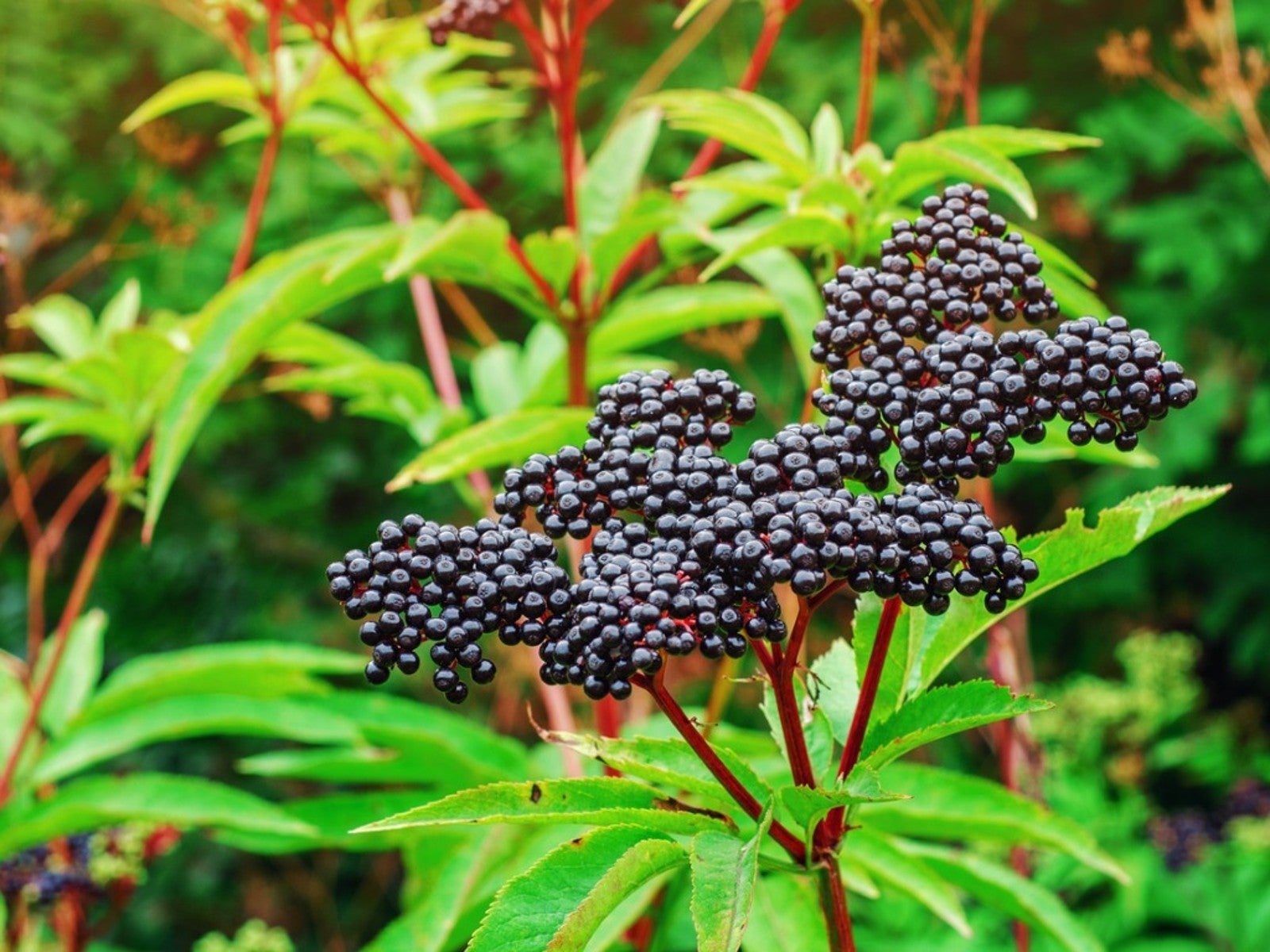 Edible Berry Bushes And Trees With Black Fruit
Edible Berry Bushes And Trees With Black FruitWhich trees and shrubs bear black fruit? The most common types of black fruit are berries. Click to read more about growing black berries.
By Teo Spengler
-
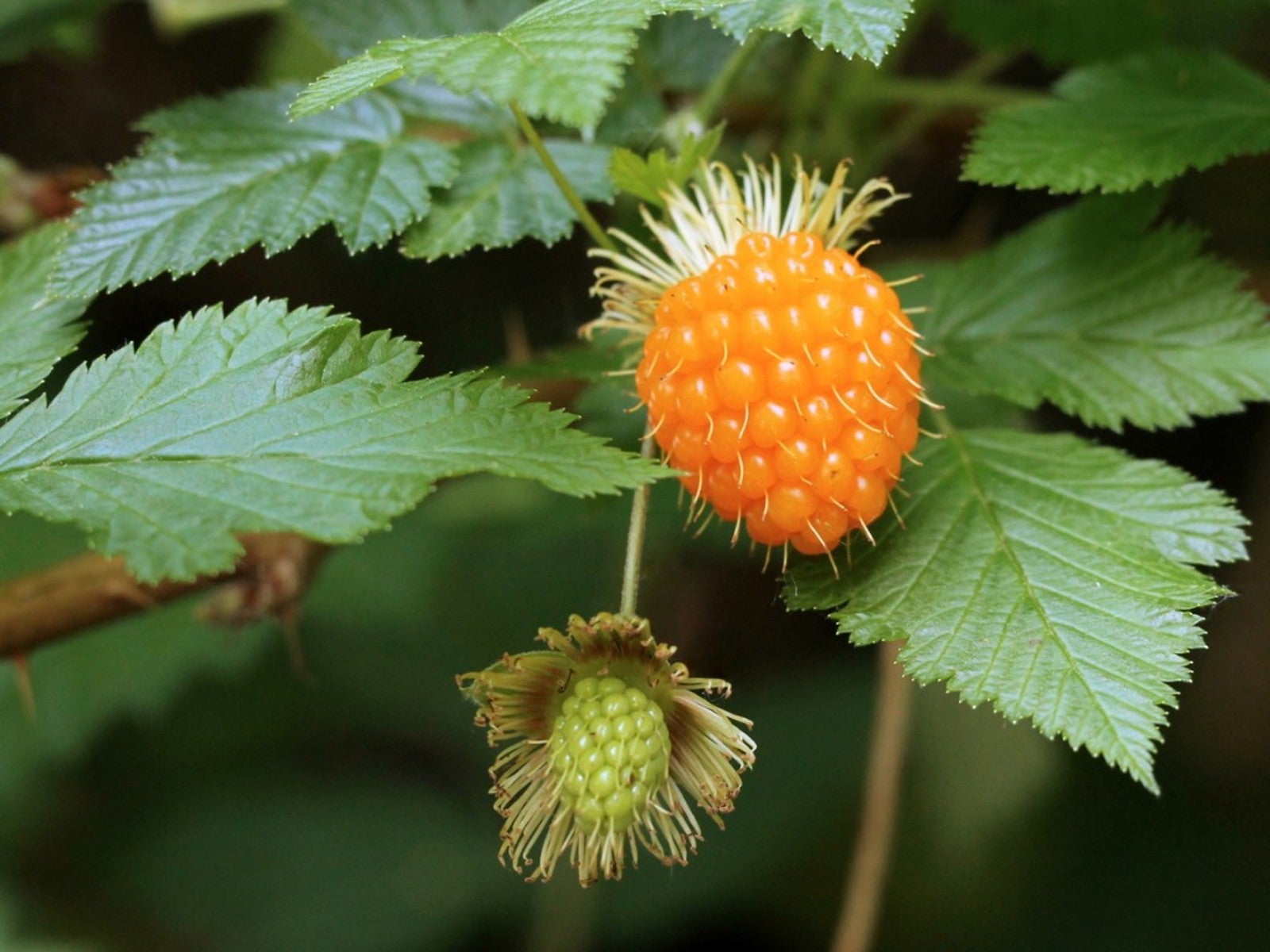 What Is A Salmonberry – Salmonberry Plant Care Guide
What Is A Salmonberry – Salmonberry Plant Care GuideEver heard of growing salmonberry plants in the garden? Salmonberry? What in the world is that you ask? Read on to learn more.
By Mary H. Dyer
-
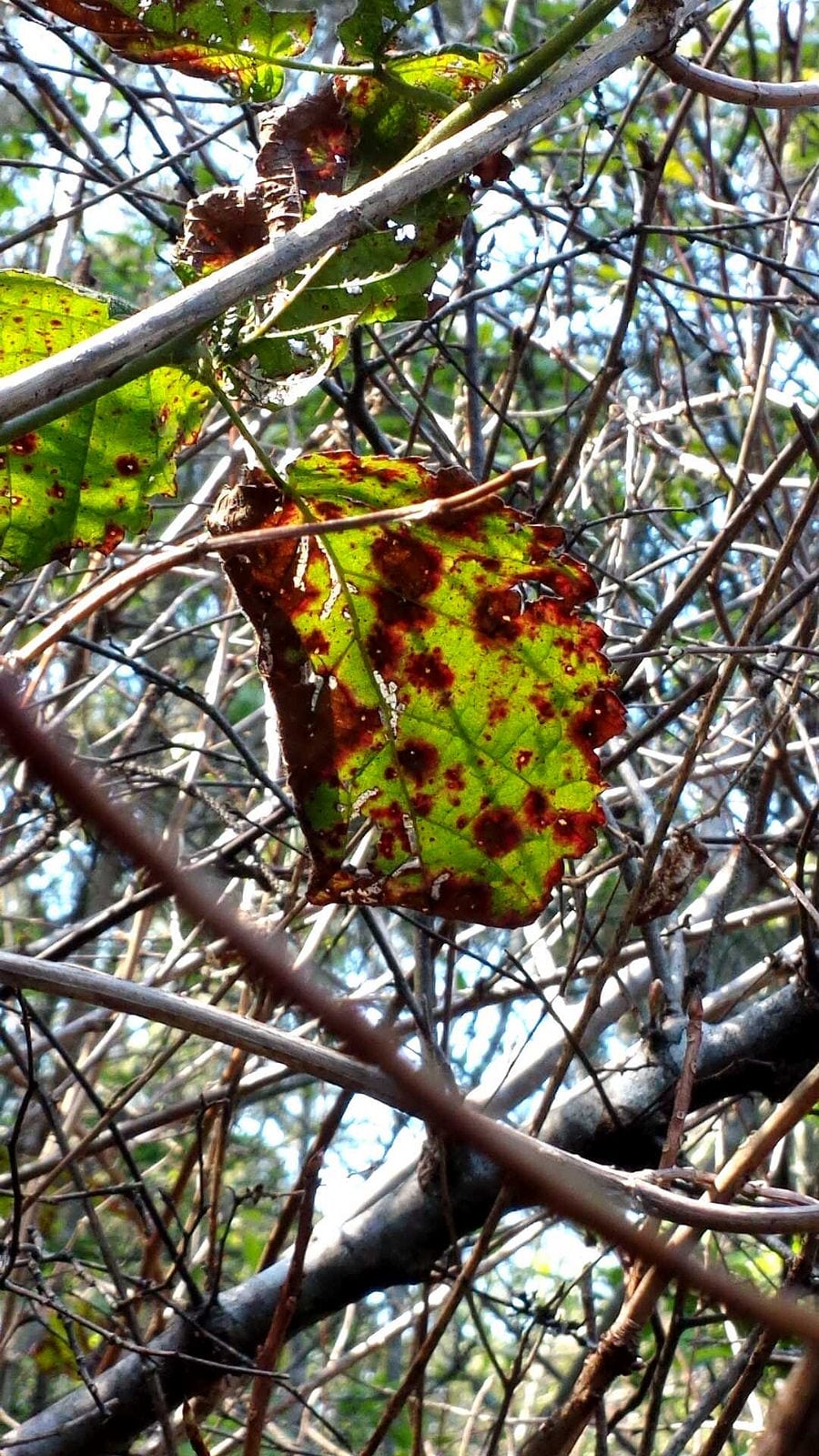 Septoria Diseased Plants – Signs Of Cane And Leaf Spot Disease
Septoria Diseased Plants – Signs Of Cane And Leaf Spot DiseaseIf you?ve noticed spots on your caneberry stems or foliage, they?ve likely been affected by septoria. While this doesn?t necessarily spell disaster for your plants, it?s certainly not something you want to have. Click this article for tips on managing the disease in your garden.
By Gardening Know How
-
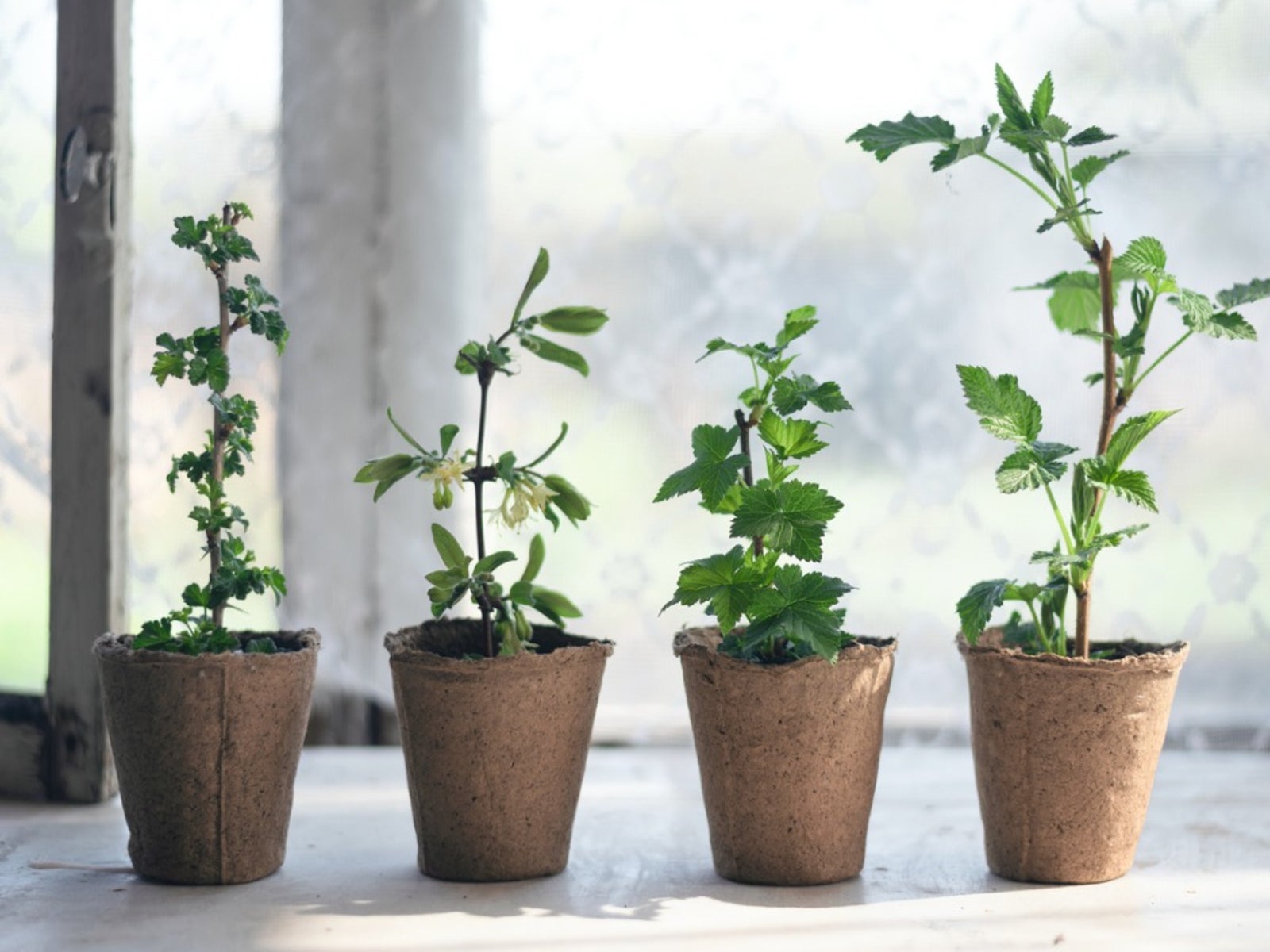 Berry Container Gardening Tips: Growing Unusual Berries In Pots
Berry Container Gardening Tips: Growing Unusual Berries In PotsUnusual berry plants add interest and exoticism to a backyard berry patch. When space is limited, berries are perfect container plants. Here are some tips to get you started with non-traditional container berries.
By Teo Spengler
-
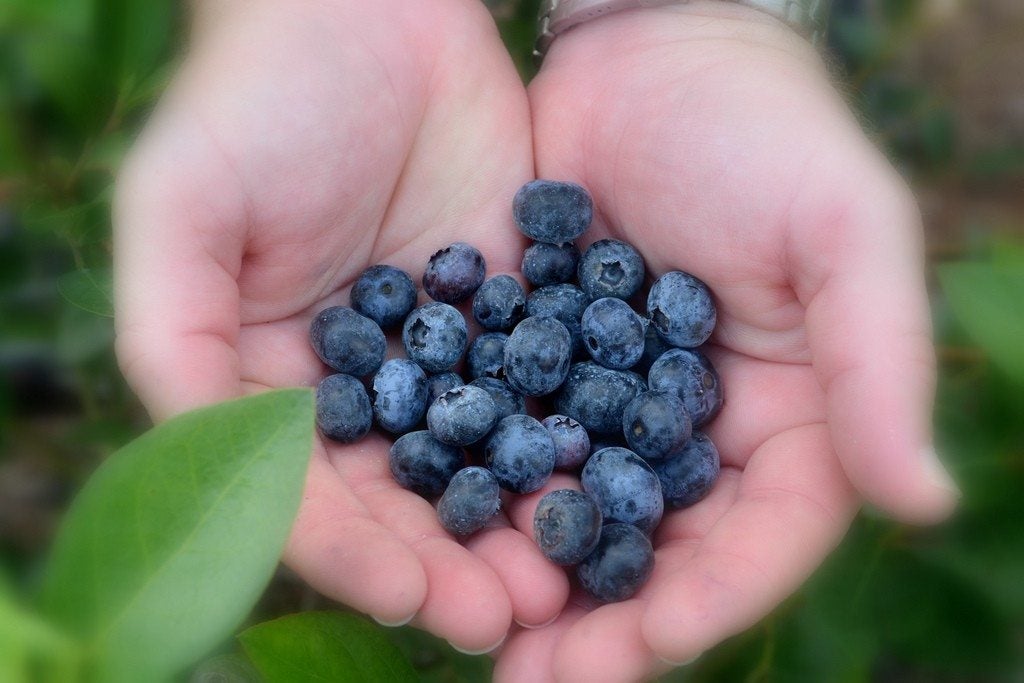 Berry Harvest Time: Best Time To Pick Berries In The Garden
Berry Harvest Time: Best Time To Pick Berries In The GardenKnowing how and when to harvest berries is important. Harvesting berries at just the right moment is the key to the best possible flavor of these fruits. Learn more in this article.
By Amy Grant